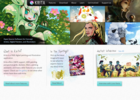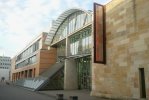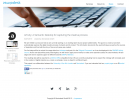What is Artivity?
Artivity is a set of software applications which capture contextual data produced during the creative process of artists and designers while working on a computer. The captured data can be used as evidence about the creative process of artists and it can also be used as a way to document technique. Artivity software can also be used as part of a self-archiving tool for artists who wish to document their practice.





